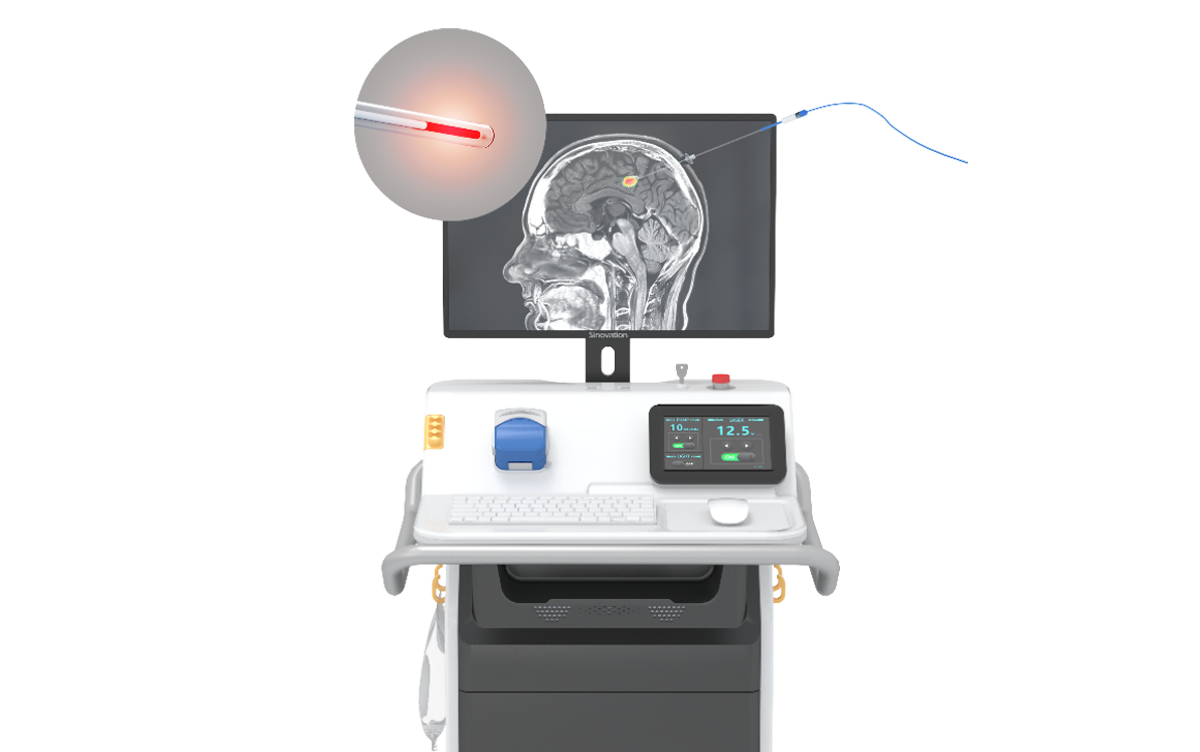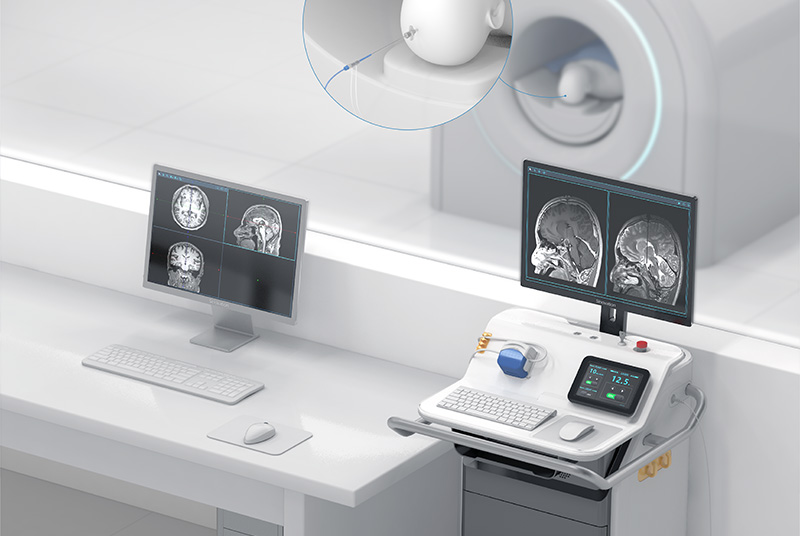Biological Thermal Ablation Effect
LITT technology involves heating intracranial lesion tissues using lasers to achieve thermal ablation. When the temperature is below 43°C, there is no tissue damage. At 45-50°C, short-term reversible damage occurs, while prolonged exposure leads to irreversible damage. At 50-60°C, irreversible damage can be achieved within a few minutes. Temperatures between 60-90°C result in instantaneous cellular inactivation, achieving the desired therapeutic effect. Temperatures exceeding 100°C can cause intense vaporization, carbonization, or even melting. Therefore, during LITT procedures, real-time magnetic resonance guidance is used to control the core temperature of the ablation area within the range of 60-90°C, ensuring stable and controlled thermal ablation for therapeutic efficacy.







